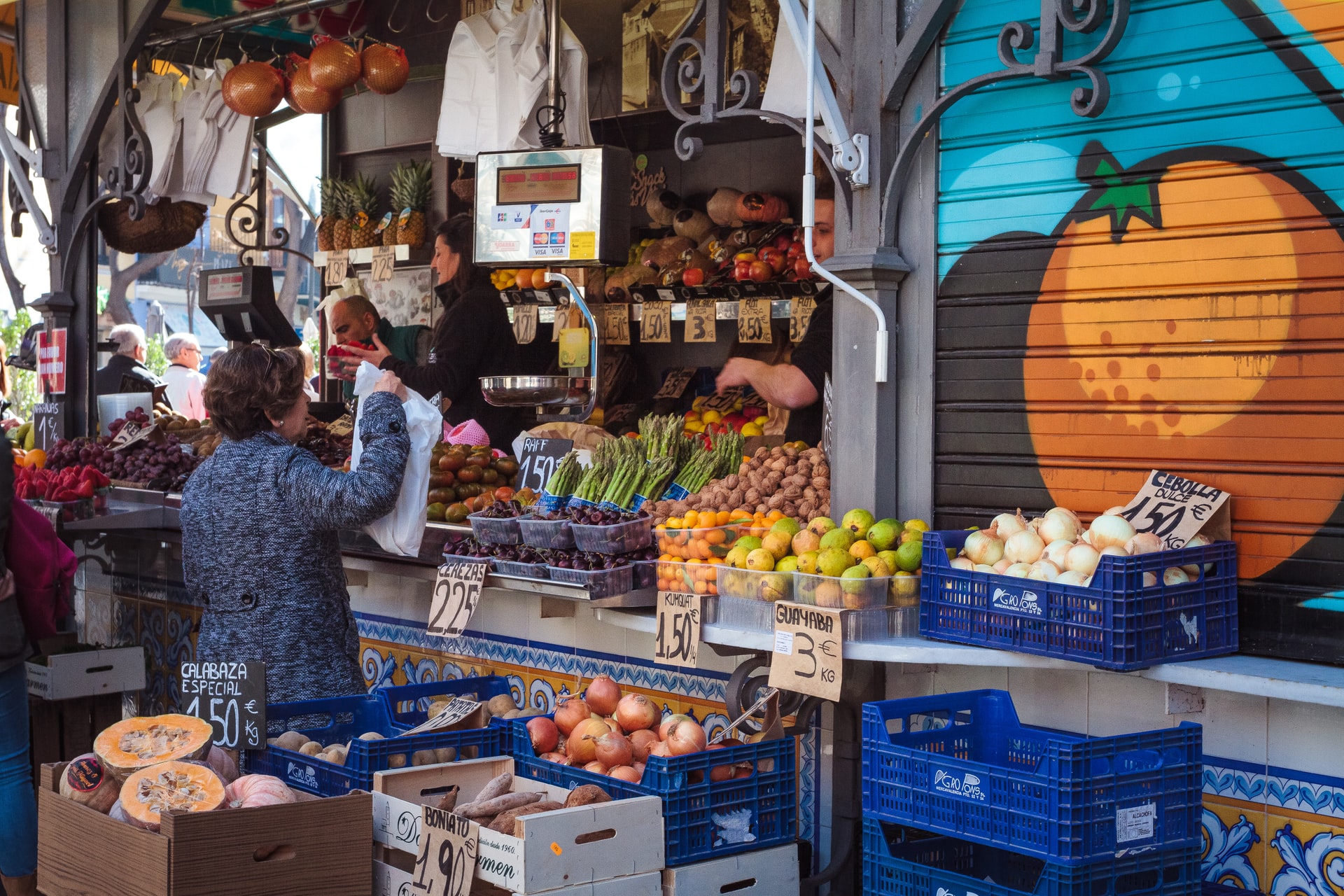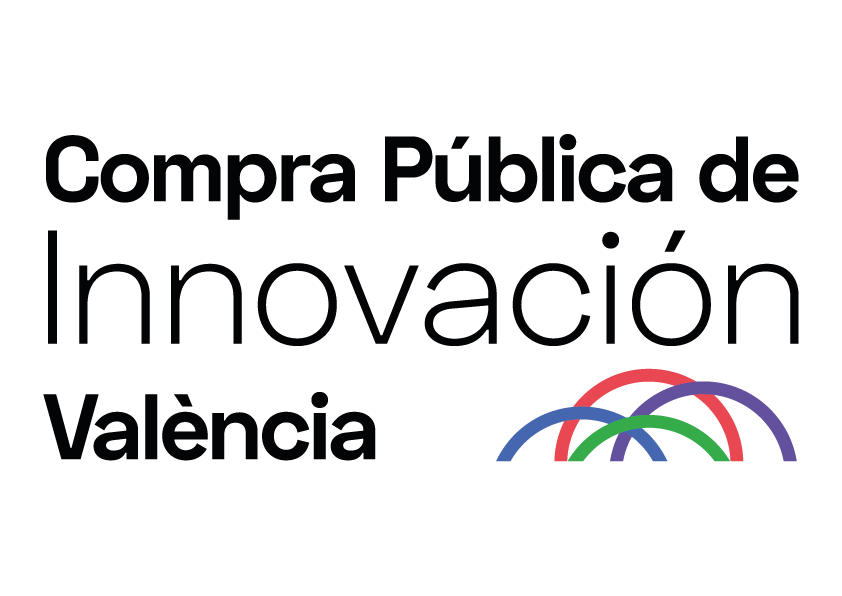Challenge 4: Valencian circular and sustainable economy
Minimisation of the city’s waste towards a zero waste and climate-neutral scenario. Green transformation of the city’s economy and culture.

Specific objectives
- Maximise the application in the City of the concept of waste hierarchy, promoting the prevention of waste generation, encouraging reuse, strengthening recycling and favouring its traceability.
- Maximise the application of the concept of eco-design in infrastructures, equipment and services of municipal management, both in new acquisitions and in renovation and improvement interventions. And this, in order to minimise their carbon footprint, minimise the introduction of harmful substances in their construction and production processes and in their composition, maximise the renewable origin of the materials used, facilitate their repairability, prolong their useful life and enable their recovery at the end of their useful life.
- Maximise the application of the concept of eco-design in the organisation and implementation of significant cultural and sporting activities in the city, with a specific but not exclusive focus on those related to the Fallas festival and cultural and sporting events with mass participation, always maintaining or strengthening the current intangible value of our cultural heritage. And this, in order to minimise their carbon footprint, minimise the use of harmful products in their processes and materials, maximise the renewable origin of the products used, and enable, where appropriate, recycling.
- Encourage responsible consumption, including both information tools on the characteristics of products and services, and models to promote their use by companies and citizens.
- Make food value chain flows in the City more efficient, minimising food waste, including through solutions and technologies that promote greater efficiency in its management at community and household level.
- Optimise the selective recovery of domestic food waste and catering waste with a high intrinsic potential for generating secondary raw materials or producing energy carriers.
- Specifically make the flows in the value chains related to the operation of municipal markets and school canteens more efficient, in order to reduce food waste, promote local consumption, optimise the recovery of the waste generated, and ensure the circularity of all materials and equipment related to their logistics.
- Maximise the recovery of materials and products contained in the city’s solid and liquid waste (of whatever origin) for reuse as raw materials and valuable resources, guaranteeing the health of people and the protection of the environment and with a goal of Zero Waste and climate neutrality. Even contemplating paradigm shifts in management models.
- Contribute to boosting the circularity of consumption flows in the construction and fashion industries, with any type of solution that encourages the reuse of products and components and the recovery of raw materials.
- Maximise the energy recovery of those materials contained in the city’s waste and its environment, both solid and liquid (of whatever origin) that are not recoverable as raw materials, through direct recovery strategies and the production of energy vectors for transport and mobility. And this, in order to explore and promote the transition of the city’s solid and liquid waste treatment plants towards a biorefinery model, guaranteeing the health of people and the protection of the environment, and with a Zero Waste and CO2 emissions reduction objective.
- Connecting liquid urban waste recovery strategies with renaturation actions in order to maximise its potential as a non-conventional water resource, while optimising the use of the nutrients included in its organic fraction, guaranteeing the health of people and the protection of the environment.
- Any other innovative solution or technology that has the potential to make a significant contribution to the objective of transforming the City’s consumption model towards circularity in any of the areas related to its urban dynamics.

